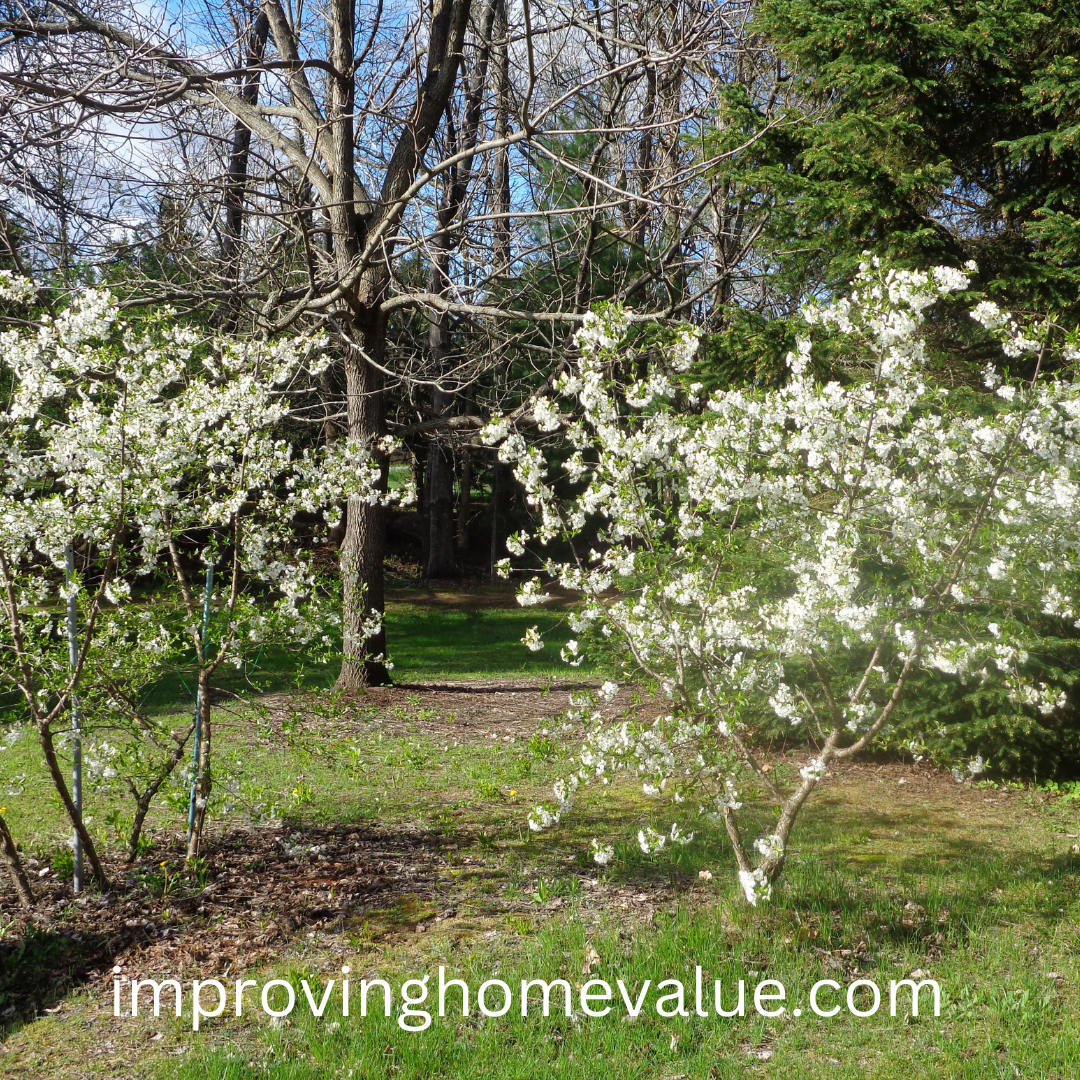Flowering cherry trees, those delightful bloomers that grace gardens with their stunning displays, aren’t just eye candy. They’re a splash of vibrancy and charm, breathing life into any landscape. These trees come with a unique blend of beauty and resilience, making them a favorite among gardeners and nature enthusiasts alike.
In various cultures, cherry blossoms hold a special place. Take Japan, for example, where cherry blossoms symbolize the transient beauty of life, celebrated with festivals like Hanami. Around parks and private gardens, these trees transform spaces into colorful retreats.
When it comes to types, there’s quite a spread. Ornamental cherries, often planted for their showy blossoms, don’t produce much in the way of fruit. Then we have the fruit-bearing kinds like tart cherries, perfect for pies and preserves, and sweet cherries for those who love a juicy, straight-off-the-tree snack.
Blossom colors are another feast for the eyes. Picture this: pure whites, soft pinks, and bold reds exploding all over your garden. These bloom colors bring different vibes, from calm and serene to vibrant and lively, each variety offering its own spectacle.
Timing is everything with these beauties. The typical bloom timeline can bring colors in early spring, sometimes even when winter has barely said goodbye. In other varieties, for the patient bloom watchers, it might take until late spring. Knowing when these trees bloom can help in planning your garden show, ensuring you catch them in their full glory.
Creating the Perfect Environment for Cherry Tree Growth
Getting the right spot for your cherry trees can make all the difference. First up, think about soil. Cherry trees are pretty picky, preferring well-draining soil that’s slightly acidic to neutral. If your garden’s soil isn’t a perfect match, don’t worry—just tweak it a bit, maybe mix in some organic matter or compost to improve its quality.
Sunlight is next on the list. These trees adore plenty of sunshine. So, when you’re deciding where to plant, opt for a location that offers full sun. Lack of sunlight means less energy for your tree, which might lead to fewer blooms. More sun equals more buds; it’s as simple as that.
Watering is a balancing act you’ve got to master. Generally, cherry trees need consistent watering, especially in their early years when their roots are still finding their grounding. A good rule of thumb is to ensure the soil remains moist without getting waterlogged. Once they’re established, they’ll become a bit more drought-tolerant.
Location, location, location! Planting on a wind-sheltered side of your property can reduce stress on your tree, especially important for young ones. A spot that isn’t too crowded by other trees will help them spread those branches wide without any hassle.
When it comes to pests and diseases, your cherry trees are like any other garden beauties—they can face a few adversities. Keep an eye out for aphids, which are commonly drawn to these trees. A mild soap solution or neem oil spray can keep them at bay. Also, watch for signs of fungal diseases during wet conditions, and treat those early to keep your blossoms happy and healthy.

The Art of Cultivating and Maintaining Cherry Trees
Getting the timing right for picking cherries is a sweet science. Keep an eye on their color and texture as these are great indicators. When your cherries are rich in color and easily come off the stem, that’s your sign they’re ready for picking. And don’t wait too long because they’re best enjoyed fresh and juicy.
Curious about when these trees start giving back? Usually, about three to four years after planting, you’ll begin to see those first batches of fruit if you’ve opted for fruit-bearing ones. Patience is key, as rewarding as the waiting game can be!
Pruning is your best friend when it comes to keeping your cherry trees in top form. The best time to prune is in late winter to early spring. Focus on removing dead or crossing branches to promote good air circulation and structure. Plus, a well-pruned tree is not just healthier but it’s also more pleasing to the eye.
Keeping your cherry tree healthy and prolific requires consistent love and care, but the payoff is beautiful blooms and, if you’re lucky, tasty fruit. Regularly inspect your tree for signs of stress or disease. Proper watering and some occasional fertilization will keep them vigorous and lush for years to come.
For those looking to maximize both bloom and fruit yield, consider planting several varieties. This can extend the blooming period in your garden and increase your chances of a bumper harvest. Diversity in flowering cherry tree choices not only brings variety in color and form but also helps in cross-pollination among different types.
When in full color in spring they will attract bees and butterflies to your gardens which is another bonus for these trees, and the delicious cherries later on you will get to enjoy.
